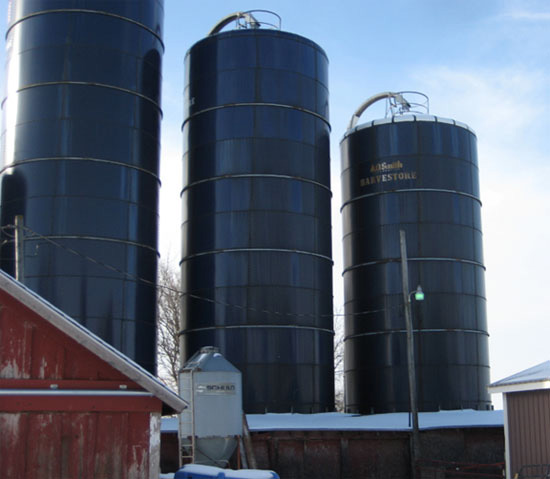Glass-Fused-to-Steel (Porcelain Enameled) Storage Tanks Have Proven Long Lifetime Value
Life-Cycle Costs
Life-cycle cost analysis (LCCA) is used by federal, state and local governments and industries across the globe for major construction projects. As the National Institute of Building Sciences reports, it is a useful tool for evaluating alternatives that fulfill the same performance requirements but differ in initial costs and operating costs. Since a significant benefit of porcelain enameled tanks is their very advantageous life-cycle costs (see Case Studies), manufacturers of porcelain enamel tanks should be asked to provide an LCCA to help customers determine lifetime value of various types of water storage tanks. When conducting the glass tank portion, it stated that the longevity of its tanks was yet to be finally determined by field data. This was because many thousands of such tanks in municipal water, wastewater and leachate service were still being used and had not yet met the actual end of service life.
Initial Costs vs. Lifetime Costs
While glass-fused-to-steel tanks may have a higher initial cost, there are several reasons why they have greater lifetime value compared to epoxy bolted, painted welded or concrete tanks. These range from never needing recoating to easy assembly. See sidebar Advantages of Glass-Fused-to-Steel Technology.










